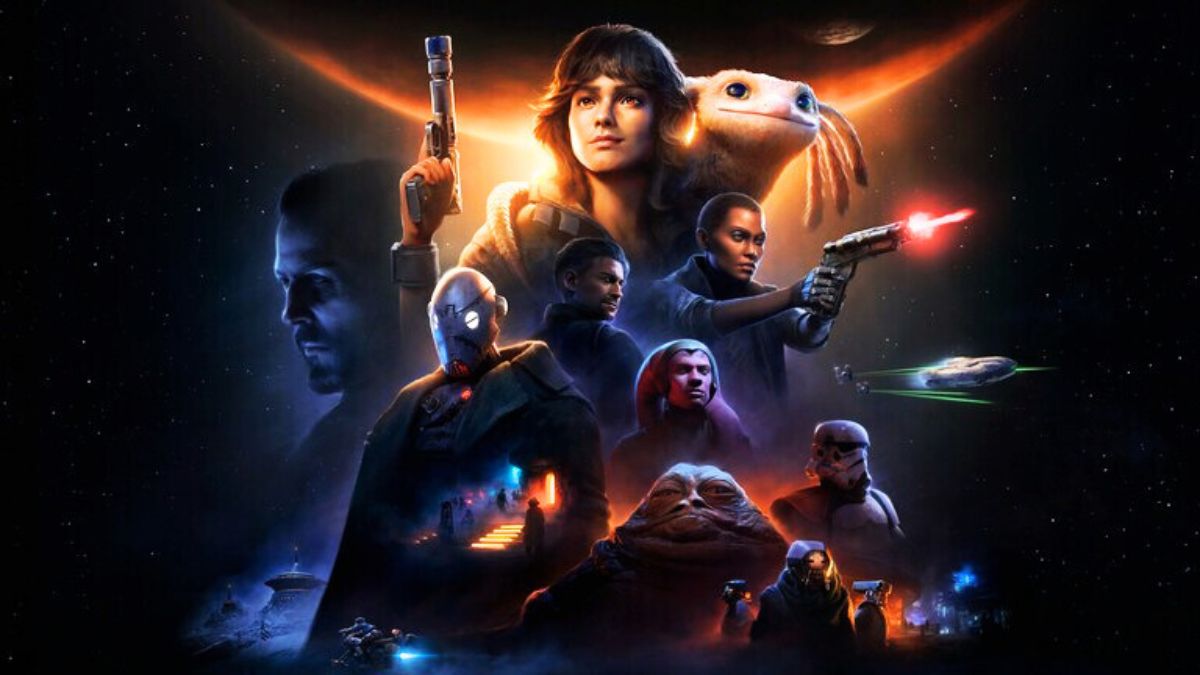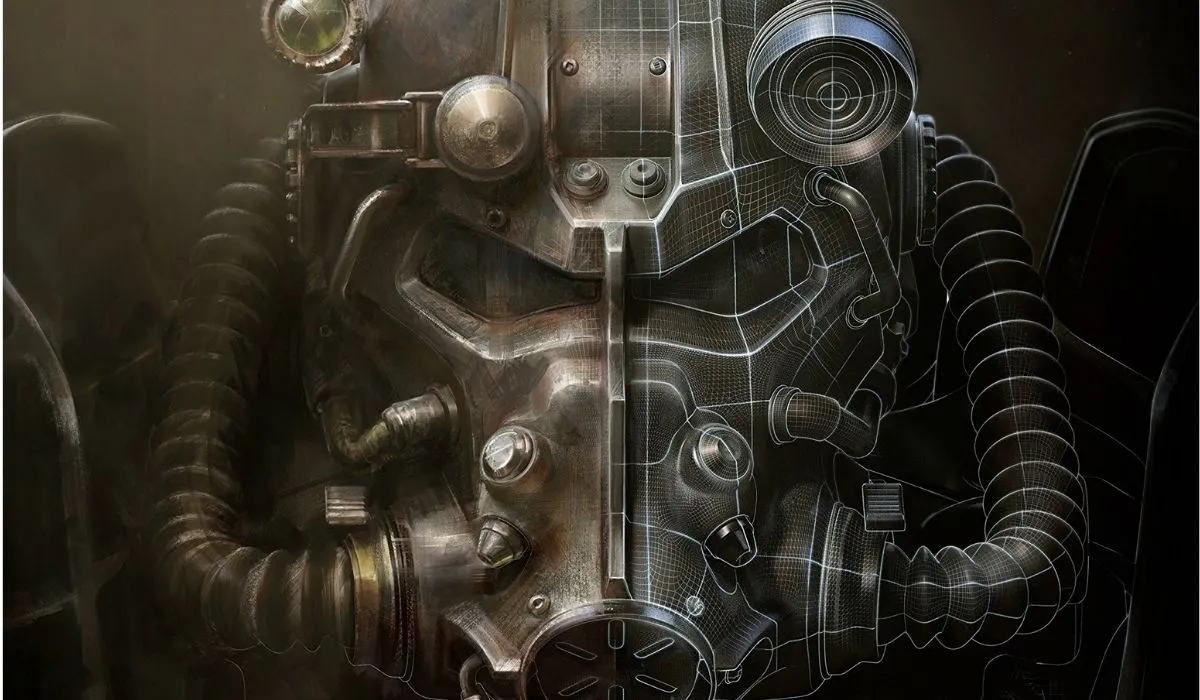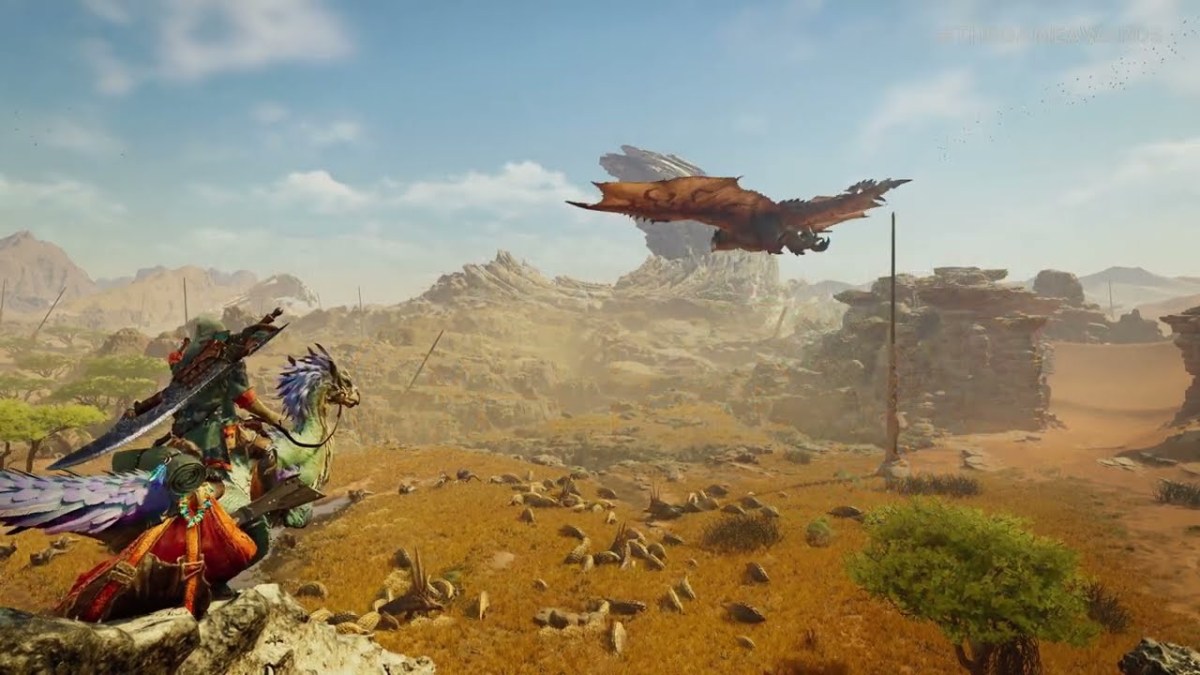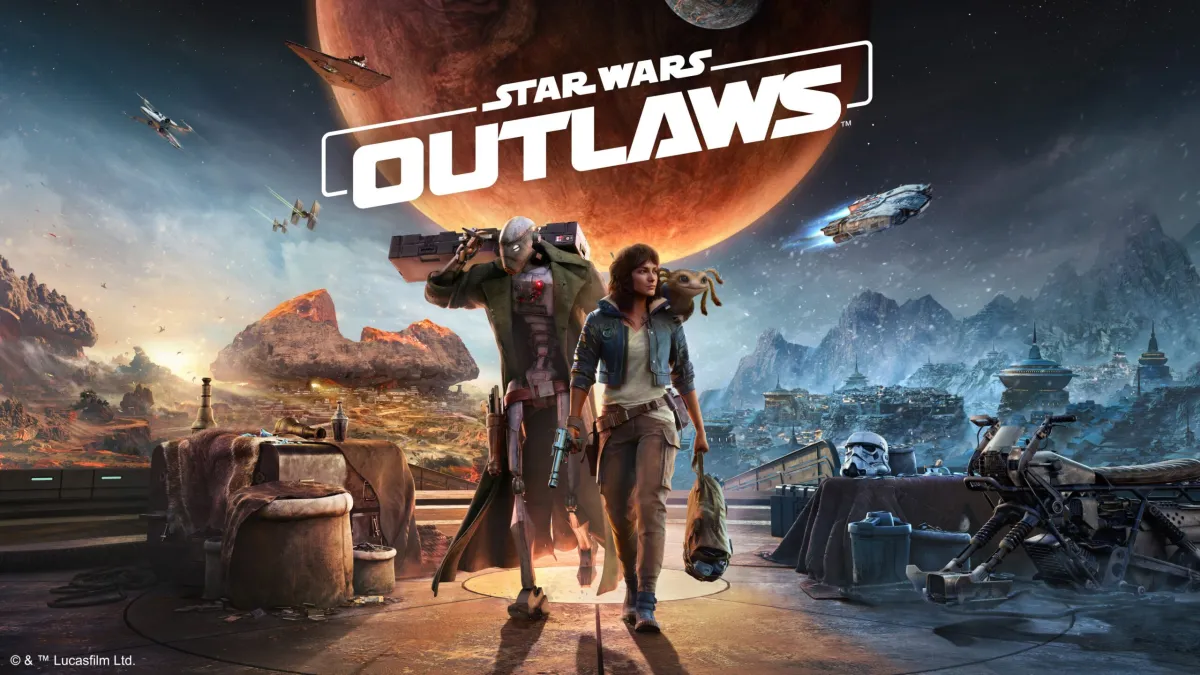With the release of Sony’s PlayStation Move and Microsoft’s Kinect looming on the horizon, it’s worth looking at the history of competition within the industry to see the potential impact the two devices may have.
Most gaming generations have hot topics, memorable controversies and stiff competition: However, from this gamer’s point of view, most generations haven’t been as interesting as this current one due to the increasingly high stakes.
The History
With Nintendo’s Wii spurring Sony and Microsoft to create their own motion controls and throw their respective hats into a ring already overflowing with hats, Sony’s Move and Microsoft’s Kinect are the latest entrants in this generation’s wide-ranging war.
A wide variety of popular game mechanics that are considered normal practice in modern times (3D instead of 2D vantage points, the analog stick, vibrating game controllers) trace back to Nintendo. The success of Nintendo’s NES spurred Sega to push forward with the Genesis, starting what is most likely considered modern gaming’s first big console war. When it came time for Nintendo’s Super Nintendo Entertainment System to evolve to a next-gen product, Nintendo was working with Sony on a CD attachment for the SNES. When Nintendo surprisingly canned the deal with Sony, Sony decided they weren’t going down that easily and created a little thing called the PlayStation, the brand that would eventually send Nintendo to the brink of collapse. During the following generation, the success of Sony’s PlayStation and PlayStation 2 spurred Microsoft to join the fray with their Xbox, which brought online gaming to a much wider audience than its original locus of PC gaming.
There were only two main competitive facets to previous generations of gaming: The power of the consoles and the exclusivity of the games. Now, however, with Microsoft’s online service, Nintendo’s motion control, and Sony’s history of humongous blockbuster franchises and co-opting and improving original technology (Nintendo’s analog stick comes to mind), the number of battlegrounds has grown exponentially. This is why I find this generation of gaming so interesting.
The Competition
Online Gaming
Probably the first time the console gaming market had something other than console power and exclusive games to fight over was when Microsoft released their online console gaming service, Xbox Live. Many PC gamers didn’t see the big deal (myself included), because PC games generally already came with competent online aspects. The reason why Xbox Live was actually a big deal, however, is because the console gaming market was much bigger than the PC gaming market at that point, bringing the fun (and addiction) of online gaming to an audience that hadn’t previously experienced it. With Xbox Live, Microsoft made it clear that gaming wasn’t necessarily about the power of the consoles or the games anymore: Now, it also mattered whether or not the games had an online component, which brought replayability to the table. Sony put out a modem attachment for it’s PlayStation 2, but didn’t provide any kind of cohesive service, instead opting to allow game developers to utilize the online capabilities if they so chose. Not too many did. While Nintendo was known as a staunch naysayer of online gaming this past generation of consoles, it did release a modem for its faltering GameCube, which was so underutilized that it became a sought after collector’s item.
The following generation — this generation — Sony amped up its online efforts, creating the PlayStation Network (PSN), a free, cohesive online service to answer Microsoft’s subscription-based Xbox Live. Nintendo included an online service with their Wii, but overall, the perception of their network amongst the “core” gaming audience is widely negative, due to things like slow connection speeds and Friend Codes. So for the first time in console gaming history, the generational competition spread to services, rather than just the games.
Media Center Services
Once online gaming got its grip on the console market, both Sony and Microsoft realized online delivery would be a perfect avenue for content unrelated to gaming, such as movies, television shows and music. Sony’s PlayStation 2 experienced success with this style of thinking last generation, as it also functioned as a DVD player, which is partly attributed for the PlayStation 2’s monstrous success. However, the degree to which online delivery was desired by the gaming populace was unknown — until, of course, it blew up. Now it’s a default feature of both the PlayStation 3 and the Xbox 360. So, for another first time in console gaming history, the competition spread, oddly enough, to media unrelated to gaming.
Alternative Input Methods
Though last generation had the occasional unique input method (Steel Battalion, Guitar Hero, and Lifeline come to mind), they were isolated happenings and only applied to their own specific games. Then, like a phoenix rising from the ashes, Nintendo created the ridiculously named Wii (they even released a statement explaining the name). The Wii’s entire method of input was based on a controller that boasted full motion control (which it didn’t actually get until a few years after, being relegated to simple waggling mechanics until then) and it basically took the world by storm. Parents and grandparents, demographics not usually associated with gaming, were buying up Wiis and getting their waggle on. Nintendo’s resurgence due to the enormous sales of the Wii got Sony and Microsoft working on their own versions of motion control. So, marking yet another first in console gaming history, the generational competition spread to input method, rather than just the games.
MotionPlus vs. Kinect vs. Move
The above brief history of competition leads us to the most current battle within the gaming world, motion control and augmented reality. With the Wii’s waggle-centric faux motion control becoming all the rage, Sony and Microsoft both worked to cash in on the craze, and as expected, updated the relatively primitive technology (I mean, the Wii works with candles). Nintendo got wind of this and developed Wii MotionPlus, an add-on that attaches to the Wiimote (which Nintendo still refuses to officially call a Wiimote) and finally brings 1:1 motion control to the Wii.
With Sony’s Move only a week away and Microsoft’s Kinect two months away, the gaming media is abuzz with demos and previews, adding fuel to the coming fire. Most outlets have had positive experiences with the PlayStation Move, including Kotaku, Joystiq, and Engadget. Microsoft’s Kinect, however, is widely garnering mixed feelings from various outlets about the actual hardware, its games, and even its price. With Move and Kinect, the gaming industry has already surpassed Nintendo’s standards, providing much more precise motion control, and both Sony and Microsoft have even added cameras, throwing a bit of augmented reality to the mix.
Move and Kinect widen the scope of competition in the gaming industry in two interesting ways. Firstly, they mark the first time that the console life cycle could extend well beyond the usual five years. Changing the way games are played means more than just the usual graphical upgrade and power overhaul that dominated previous console iterations: Now, it’s about changing the way people interact with games, potentially creating entirely new consoles within the current consoles. Secondly, consumers will soon have access to relatively competent augmented reality for the first time, bringing us one step closer to full-blown virtual reality.
No matter what previews say or demo units show, no one can truly predict which device will have the most impact on the industry. However, with the inclusion of extremely precise motion control and augmented reality, Move and Kinect herald an exciting future for gamers, and depending on the breadth of their appeal, everyone else.







